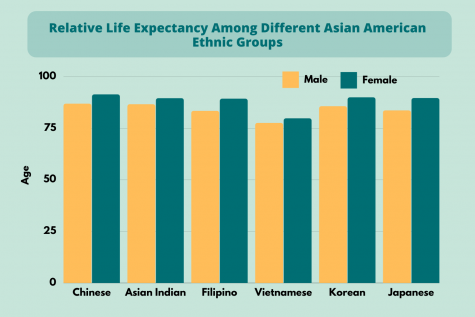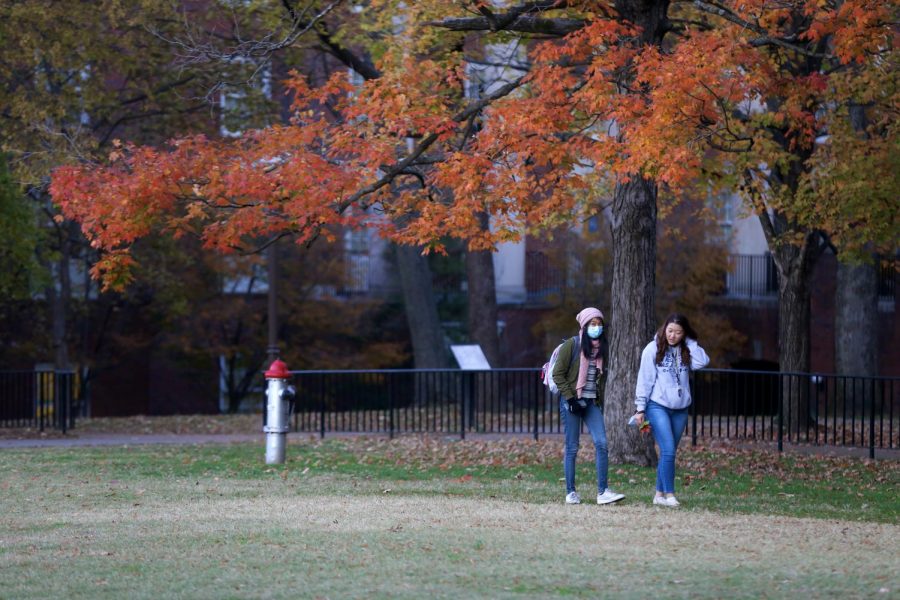Vanderbilt sociology doctoral student Darwin Baluran has made strides in the study of health and health disparities as the first to publish research about Asian American life expectancy relative to geographic location.
Baluran’s study was quantitative, evaluating data from the National Vital Statistics System—a record of deaths in the U.S.—using formal demographic techniques.

“There were significant differences in life expectancy at birth between the six largest Asian groups: Chinese, Asian Indians, Filipinos, Vietnamese, Koreans and Japanese,” Baluran said. “Chinese, at the national level, had the longest life expectancy, and the Vietnamese had the lowest life expectancy.”
According to the study, U.S. regional differences play an important role in determining life expectancy among Asian Americans.
“People outside of the West tend to be healthier than their counterparts in the West,” said Baluran. “That wasn’t true for all of the groups but, generally speaking, that’s what we found.”
Baluran cited immigration and health literature to explain this trend, specifically the immigration health paradox, which describes the slow decline of immigrant health to the general population level over time.
“When people come to the United States, they are positively selected, so people coming here are usually younger and healthier,” Baluran said. “What researchers found is that the longer people [immigrants] stay in the U.S., their health begins to deteriorate; by the time [they] reach the second and third generation, the health advantage that immigrants have almost disappeared.”
Potential causes for this phenomenon, include Asian American immigrants adopting poorer American eating habits, as well as exposure to discrimination and racism. These experiences and lifestyle changes can also affect future generations’ health, per the research.
According to Baluran, this research opens up new pathways of inquiry into the cause behind differences in life expectancy among Asian Americans, with future action directed toward the effect of this inequality on policy and social change.
“This work is foundational to illustrate that there is heterogeneity, and it is significant and needs to be addressed,” Baluran said.
Baluran originally aimed to analyze the data based on specific nationalities of Asian Americans. However, he faced challenges in doing so, as there is limited data available on distinct Asian populations in the United States.
“Especially when you’re looking at Vietnamese, Koreans and Japanese, there are few deaths that occur in that population every year,” Baluran said. “That’s the reason that we looked at a five-year period, from 2012-2016, so that we could pool more data and our numbers could be more robust.”
Baluran became interested in research on Asian Americans during his undergraduate career when he studied Filipino Americans in the Chicago area. He then pursued graduate school to further research and collect data on various Asian groups in the U.S., where his interest in research lies now. The October 2021 paper was the culmination of his class with Dr. Evelyn Patterson, Vanderbilt associate professor of sociology and the second author of the paper.
“After I submitted that proposal to her class, she suggested that we could work on this together, and she taught me the methods that I used for this project,” Baluran said.











